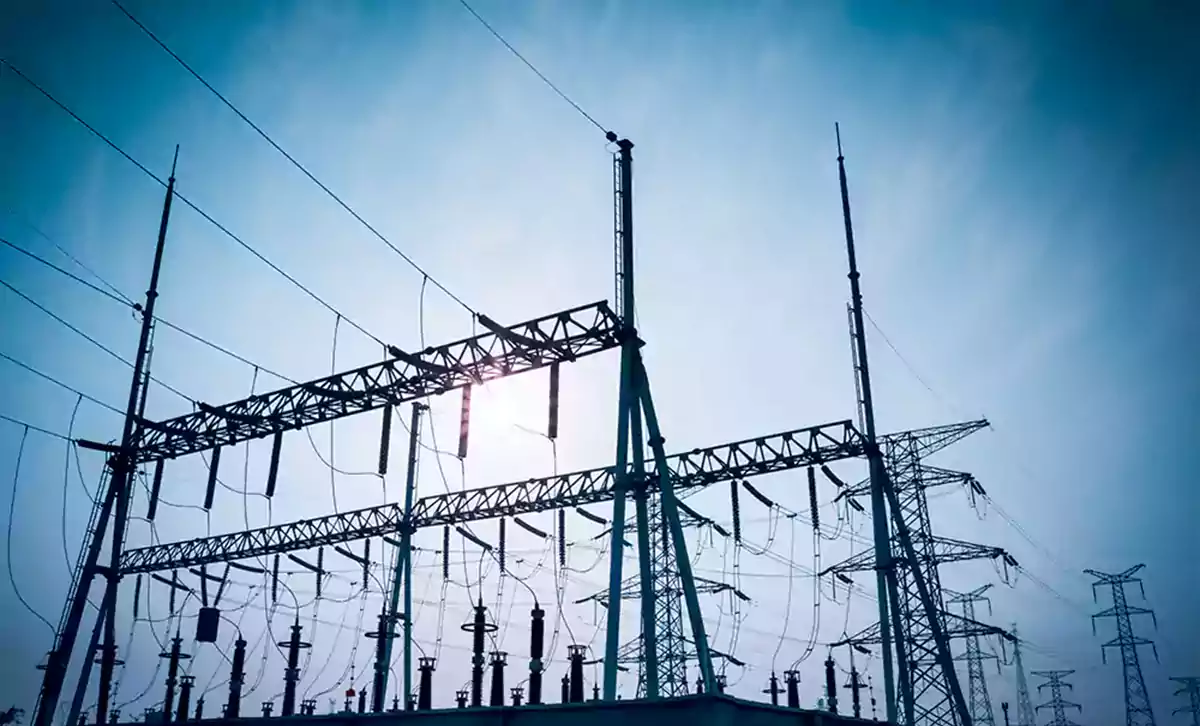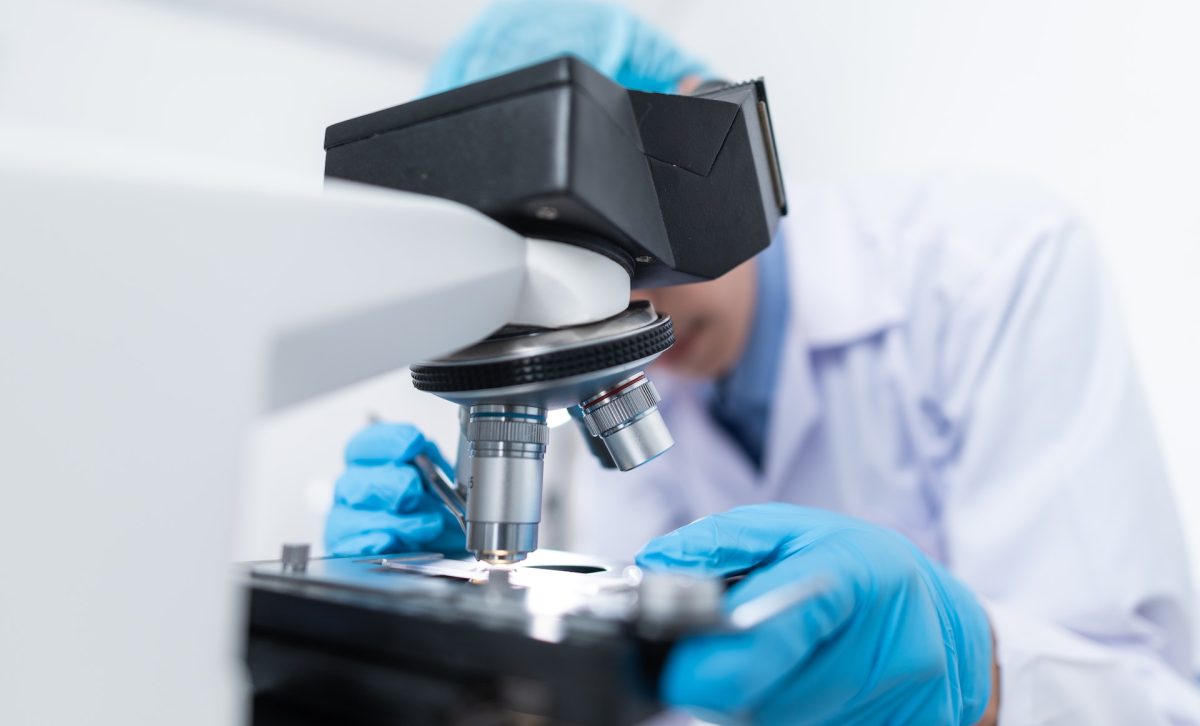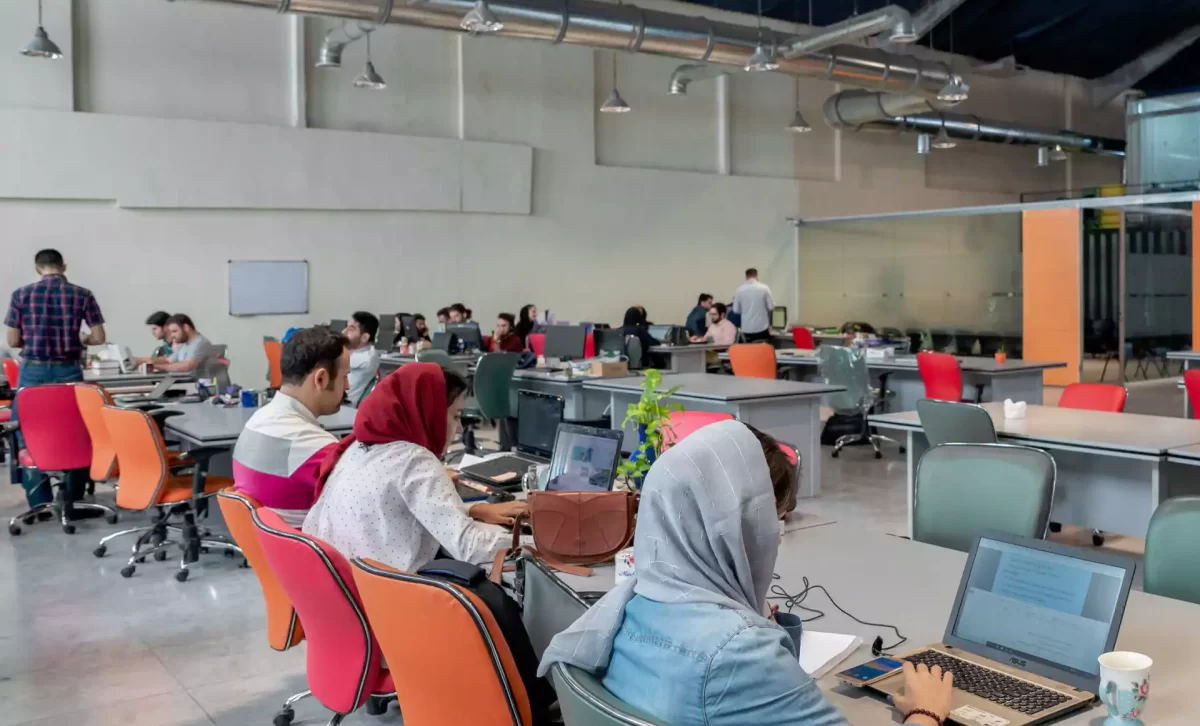2021 was both an exciting and challenging year for the Water and sewage industry. The pandemic forced many organisations to adjust to tighter budgets, rapidly changing customer needs, and remote working arrangements. But on the flip side, many companies flourished due to the rising demand for water-related products and services – particularly within the public health sector.
Drought and water scarcity made global headlines once again in 2021 – spotlighting the immense challenges of climate change, urbanisation, and ageing infrastructure within the sector and beyond.To address these challenges, the industry doubled down its efforts to improve sustainability and accelerate digitalisation. Within these macro trends there have been some technologies and approaches that are clearly ‘leading the pack’ going into 2022.
Water and sewage industry trends to watch in 2022:
We have chosen six that we believe will change the face of the Water and sewage industry in 2022, and in the years to come.
Water reuse
Climate change induced droughts have accelerated conversations around water reuse; there has been a clear drive this year to do more with less.
Particular focus has been on decentralised water reuse technologies that recycle water onsite, in a circular loop.
Three main factors are driving this shift: The urgent need to decarbonise water treatment processes, reduce the strain on aging infrastructures, and adapt to rising water costs.
For these reasons the adoption of onsite water reuse is starting to take hold and this trend is only set to continue going into the new year.
PFAS
Per- and polyfluoroalkyl substances (PFAS) were on the tip of everyone’s tongues this year.
And while the PFAS crisis is far from over, there have been some major moves to tackle the ‘forever chemicals’. The US passed the PFAS Action Act 2021 and Biden allocated $10bn to test for and filter PFAS from drinking supplies, as part of the country’s landmark $1tn infrastructure bill.
Across the Water and sewage industry, in 2022, a consortium of EU countries will formally propose to the European Chemicals Agency (Echa) that PFAS be restricted across the continent. This policy shift is giving rise to a number of startups and innovators, a trend that will only continue as governments across the world look to tackle what may well be the worst emerging contaminant this century.
Solar desalination
Despite the high costs associated with it, a market for desalination still exists simply because there is a need – particularly for arid or island nations. This demand has increased since the beginning of the pandemic as health facilities in remote regions need access to more reliable freshwater supplies.
This year there has been significant growth in the solar desalination industry, which distils saltwater without producing carbon emissions or harmful by-products. This subsector of the desalination industry is receiving significant government investment as well as start-up seed funding. This buy-in, along with a rising urgency to provide sustainable water treatment solutions to vulnerable regions, sets the solar desalination industry on course for rapid growth in 2022.
Internet of Things (IoT), big data and Artificial Intelligence (AI)
The management of water networks is increasingly becoming automated. On the frontline of this digital transformation are IoT sensors which gather real-time data on the state of systems and processes – from leaks and operational issues to water quality and flow.
As this ecosystem of web-enabled devices grows, Water and sewage industry managers are being equipped with vast amounts of ‘big data’ that is being transformed into actionable insights through cloud-based analytics, AI and machine learning.
2021 was a year of massive growth in these ‘smart water’ technologies, as utilities look to future-proof their networks.
Software-as-a-service (SaaS)
Emerging technologies are complex and can present a steep learning curve for Water and sewage industry managers. 2021 saw the rise of new, and consolidation of existing, SaaS companies to solve this problem.
Of particular prominence has been water monitoring SaaS solutions that integrate the full ecosystem of smart technologies into a single dashboard, often through mobile devices.
This is equipping water managers with more accurate and actionable insights than ever before. Going in 2022, smart water solutions at the touch of the button are set to become the norm, not the exception.
Digital twins
Digital twin technology sits at the cutting edge of the digital transformation of Water and sewage industry utilities. By giving a real-time view of an entire system, digital twins collate all the benefits of digital solutions into one place, helping utilities and other water managers adapt to 21st century challenges.
Digital twins are offering the ability to trial something more accurately than ever before, improving situational awareness and scenario forecasting.
A testament to their growing adoption, the global digital twin market size was valued at $3.1 billion in 2020 and is projected to reach a whopping $48.2 billion by 2026.
source : h2oglobalnews.com








